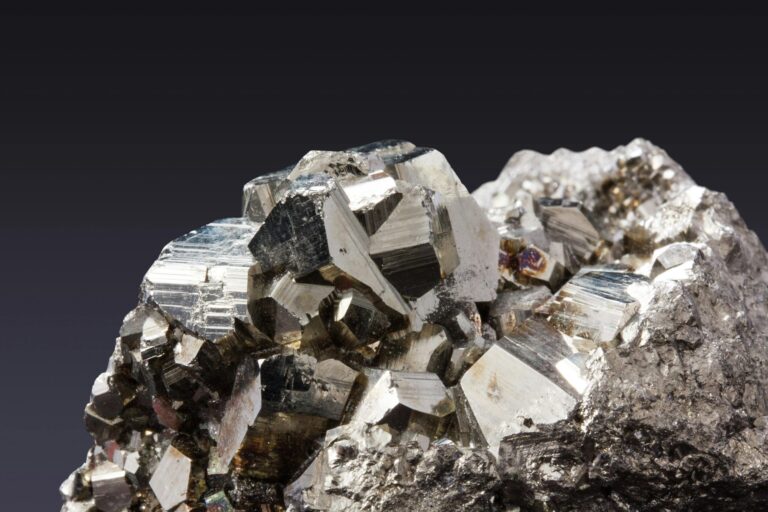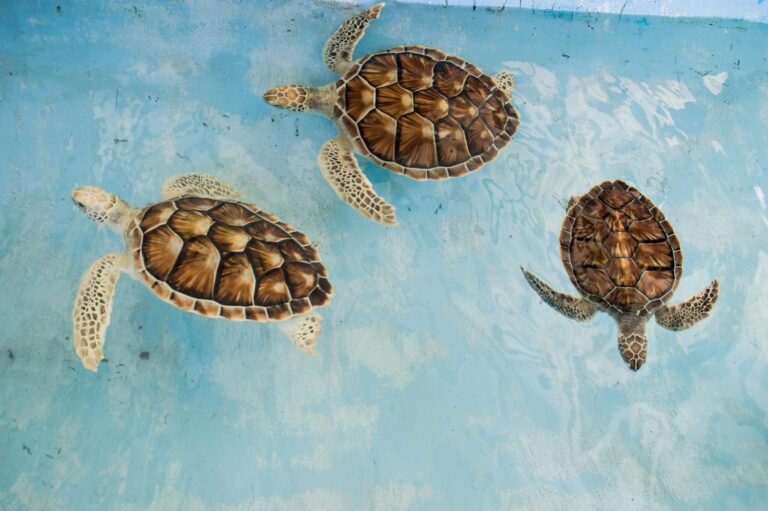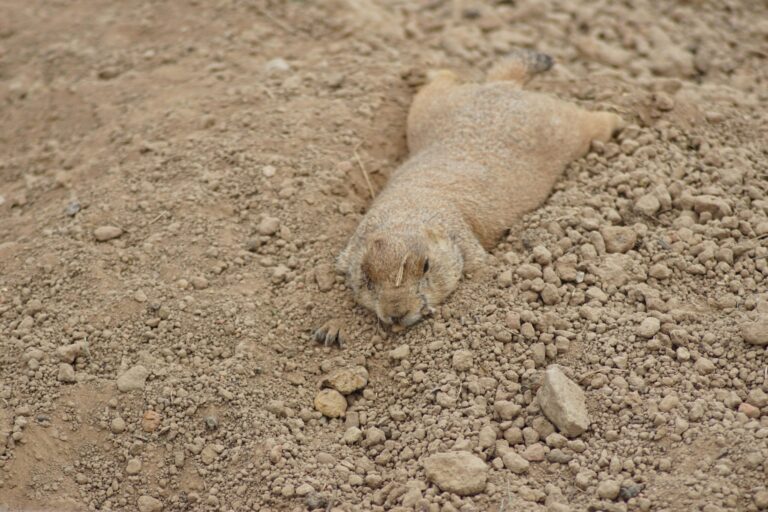
Letterly
A deep-sea mineral spire, known as Bikpela, (Big Bug in Tok Pisin, a creole language spoken throughout PNG) and first discovered in 2000 by both Australian and Papua New Guinea researchers, is going on display for the first time. Taking pride of place at the Australian National Maritime Museum’s exhibition Ultimate Depth: A Journey to the Bottom of the Sea, the spire has given valuable information about the undersea world.




